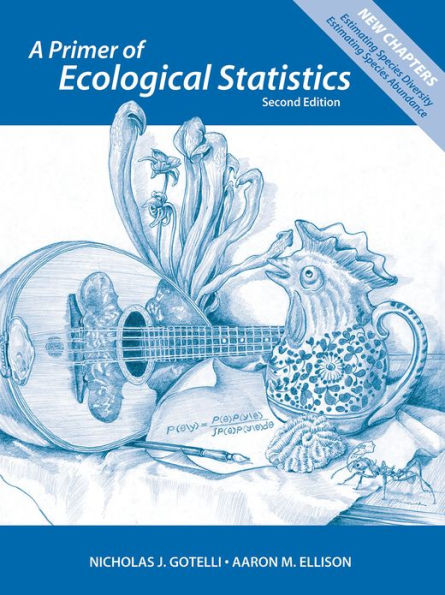5
1
9781605350646


A Primer of Ecological Statistics / Edition 2 available in Paperback

A Primer of Ecological Statistics / Edition 2
- ISBN-10:
- 1605350648
- ISBN-13:
- 9781605350646
- Pub. Date:
- 11/15/2012
- Publisher:
- Sinauer Associates is an imprint of Oxford University Press
- ISBN-10:
- 1605350648
- ISBN-13:
- 9781605350646
- Pub. Date:
- 11/15/2012
- Publisher:
- Sinauer Associates is an imprint of Oxford University Press
137.99
In Stock

Product Details
| ISBN-13: | 9781605350646 |
|---|---|
| Publisher: | Sinauer Associates is an imprint of Oxford University Press |
| Publication date: | 11/15/2012 |
| Edition description: | New Edition |
| Pages: | 640 |
| Sales rank: | 799,046 |
| Product dimensions: | 9.20(w) x 7.00(h) x 0.90(d) |
About the Author
From the B&N Reads Blog

